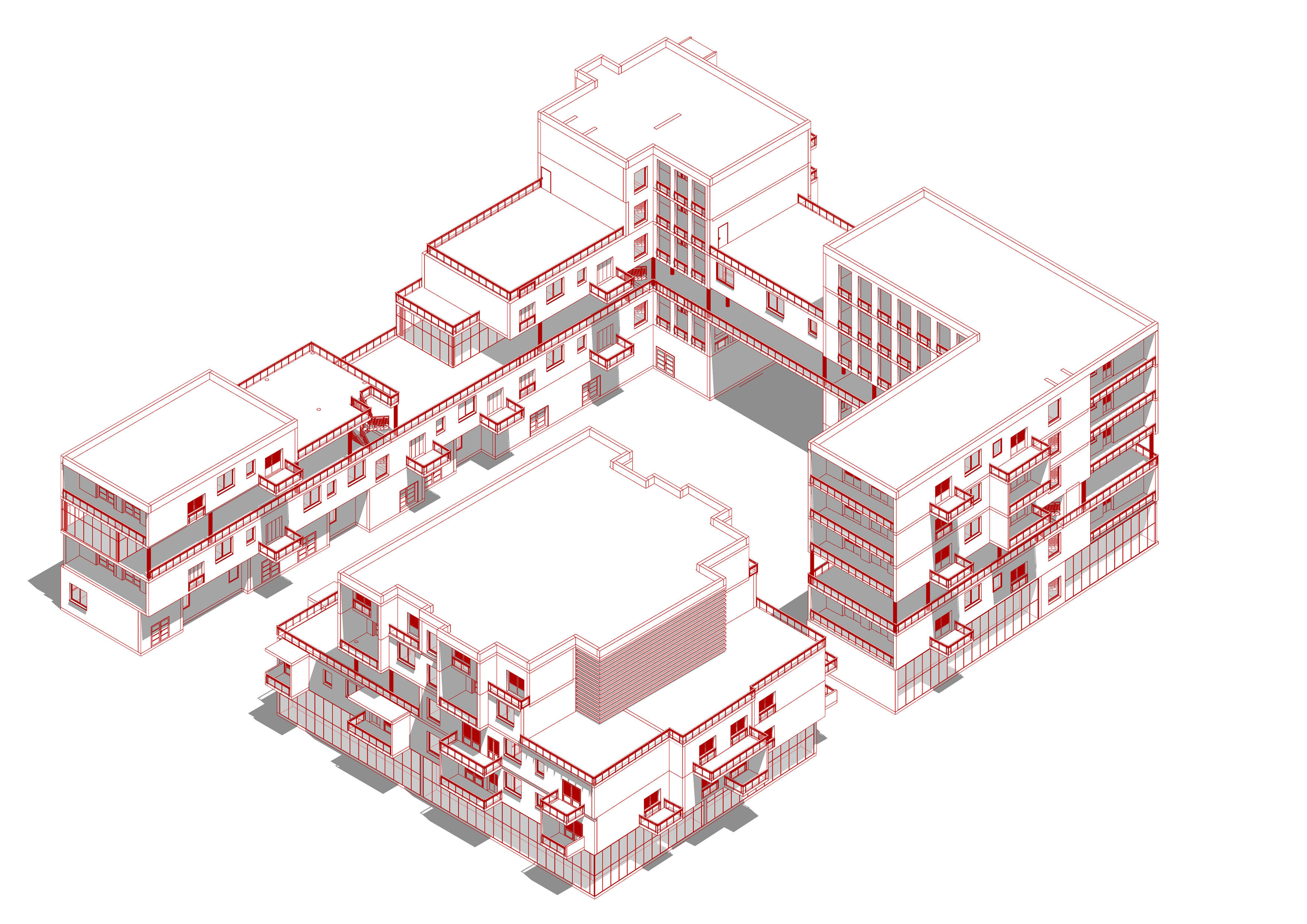
We can specify in the General options whether we need to load this temporary GUI Map every time.
#Winrunner uses windows#
When recording a script, WinRunner will learn objects and windows by itself and store them in a temporary GUI Map file. GUI Map Editor displays multiple created GUI Map files and recognized windows and objects with logical names and physical descriptions. We can view the currently loaded GUI Map file and its contents through the GUI Map Editor in the Tools menu.
#Winrunner uses verification#
If you find any verification points that do not match during the run, you can view the expected and actual results in the test results window.Ħ). It describes all important events encountered during operation, such as verification points, error messages, system information, or user information. After each test script runs, WinRunner will display the results in the report. Check the result: determine the success or failure of the test script. If any mismatch is found, WinRunner will capture the current situation as the real result.ĥ). When WinRunner encounters a verification point during operation, it will compare the current data in the application under test with the previously captured expected data. Run the test: Run the test script in the Verify mode to test your application. You can also use the Step, Step Into, Step out functions provided by WinRunner to debug the script.Ĥ).


Debug scripts : Run test scripts in Debug mode to ensure that they can run smoothly. When recording test scripts, insert verification points where you want to check the response of the application under test.ģ). Create test script: create by recording, programming, or a combination of both. Create a GUI Map file : WinRunner can use it to identify GUI objects in the application under test.Ģ).

It mainly includes the following 6 stages:ġ).

WinRunner can be used to create automated scripts for the GUI, functional and regression testing of the application under test. By automatically recording, detecting, and replaying user application operations, WinRunner can effectively help testers test different releases of complex enterprise-level applications, improve testers' work efficiency and quality, and ensure cross-platform, complex enterprise-level The application is released without failure and stable operation for a long time. Prior to 2006, Mercury Interactive's WinRunner was an enterprise-level functional testing tool used to detect whether an application could achieve the expected functionality and normal operation.


 0 kommentar(er)
0 kommentar(er)
